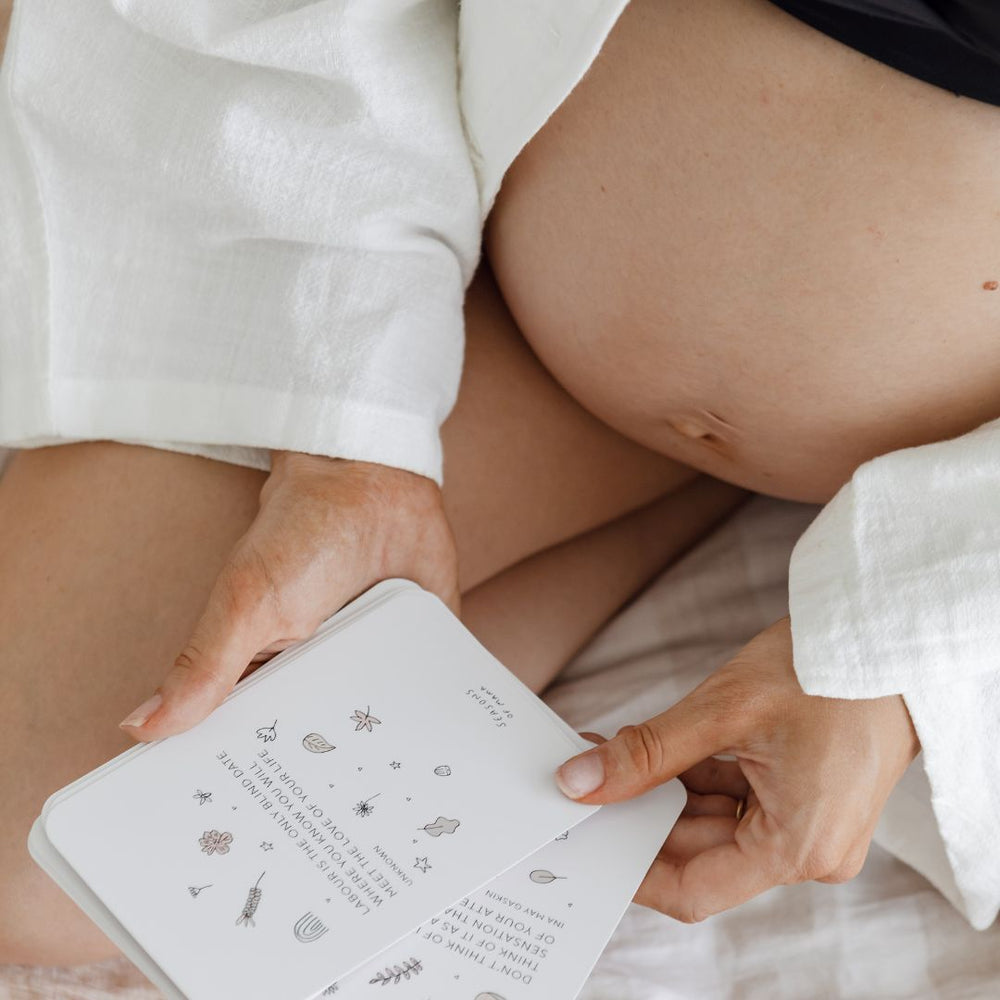It might not be the best topic for dinner conversation, but with a baby on the way you’re going to find yourself talking more about poop. And to start with, we’re going to talk about yours. Particularly, the first wee and poo you have post-birth.
Whether you’re giving birth vaginally or via c-section, you’re going through a lot down there. We know that many mums-to-be can find the thought of going to the toilet after giving birth a bit scary, but it doesn’t have to be. We’re here to help guide you through what to expect from your first visit to the toilet after birth, and how you can help with your postpartum recovery.
How soon after birth do you poop?
Your first postpartum poop can come anywhere from the day you give birth to a week after. But for most new mothers, you should expect it somewhere between day three and five.
Just like pregnancy can make things move through your body slower, so can postpartum medication, your milk absorbing more of your water intake, and even having less food or water during the time of your labour. Staying hydrated and drinking lots of water, a high-fibre diet, and moving (where you can and where allowed) will all help that first poo come a bit easier. But if you do find that you’re struggling, try a natural stool softener like pear or prune juice, or chat with your GP about medicated stool softeners to help you along. If you’re having the opposite problem, avoid stool softeners, stick to a bland diet, and keep drinking water to make sure you don’t get dehydrated.
Most importantly, try not to strain yourself to avoid haemorrhoids. If you have stitches you’re unlikely to pop one going to the toilet, but this is more likely the more you strain, so take a break and try again later. Or if you’re already dealing with haemorrhoids, try a sitz bath to help with your recovery and ease discomfort.

How soon after birth should you pee?
Your first wee after birth should come sometime around six hours after birth. Or, if you’ve had a catheter, around six hours after this has been removed. Your bladder and pelvic floor muscles are likely going to be tired, particularly if you’ve had a vaginal delivery, and you may find that you can’t control the urge or action of peeing as well as you used to.
Whether you’ve had a tear or cut and have stitches or not, the chances are you’re going to be swollen and tender down there, and weeing can sting for the first few days. Squirting a treatment like Perineal Foam onto a Herbal Infused Postpartum Pad after going to the toilet, or using a Healing Peri Spray, can help ease some of that pain and discomfort.

Using toilet paper after birth
Wiping can be painful after birth, so rather than using toilet paper, we recommend a Perineal Wash Bottle. This will help you clean yourself down there while avoiding stretching awkwardly (particularly if you’ve had a c-section) or rubbing a tender area. Warm water can also help remove the sting of urine in those first few days. Pat yourself dry or let yourself air dry depending on what you’re most comfortable with.

How do you go to the bathroom after a c-section?
Whether you’re going through recovery for a planned or emergency c-section, your first poo after birth is going to take a little longer still. This could be closer to five to seven days and can cause some discomfort with wind trapped in your bowel while your abdominal muscles are recovering from surgery.
Unless you’re straining yourself, the chances of breaking a stitch from your c-section wound is low. You might not be able to move as much, so keep yourself hydrated and eat fibrous foods to help things along easier. You can also use a Healing Peri Spray for relief, Perineal Wash Bottle to avoid stretching when going to the toilet after a c-section, or a Warm & Cool Insert designed to fit into the gusset of Postpartum Briefs to sit over your c-section site. Heat will help with abdominal cramping and pain, while cool will help with inflammation or irritation.

The road to postpartum recovery is different for everyone, but even being a little bit prepared can help you through it. Chat with your health professionals where you’re concerned, take time to yourself where you can, and don’t be afraid, because that first wee and poo after birth will be over soon. See more products to help support your postpartum recovery journey here.



